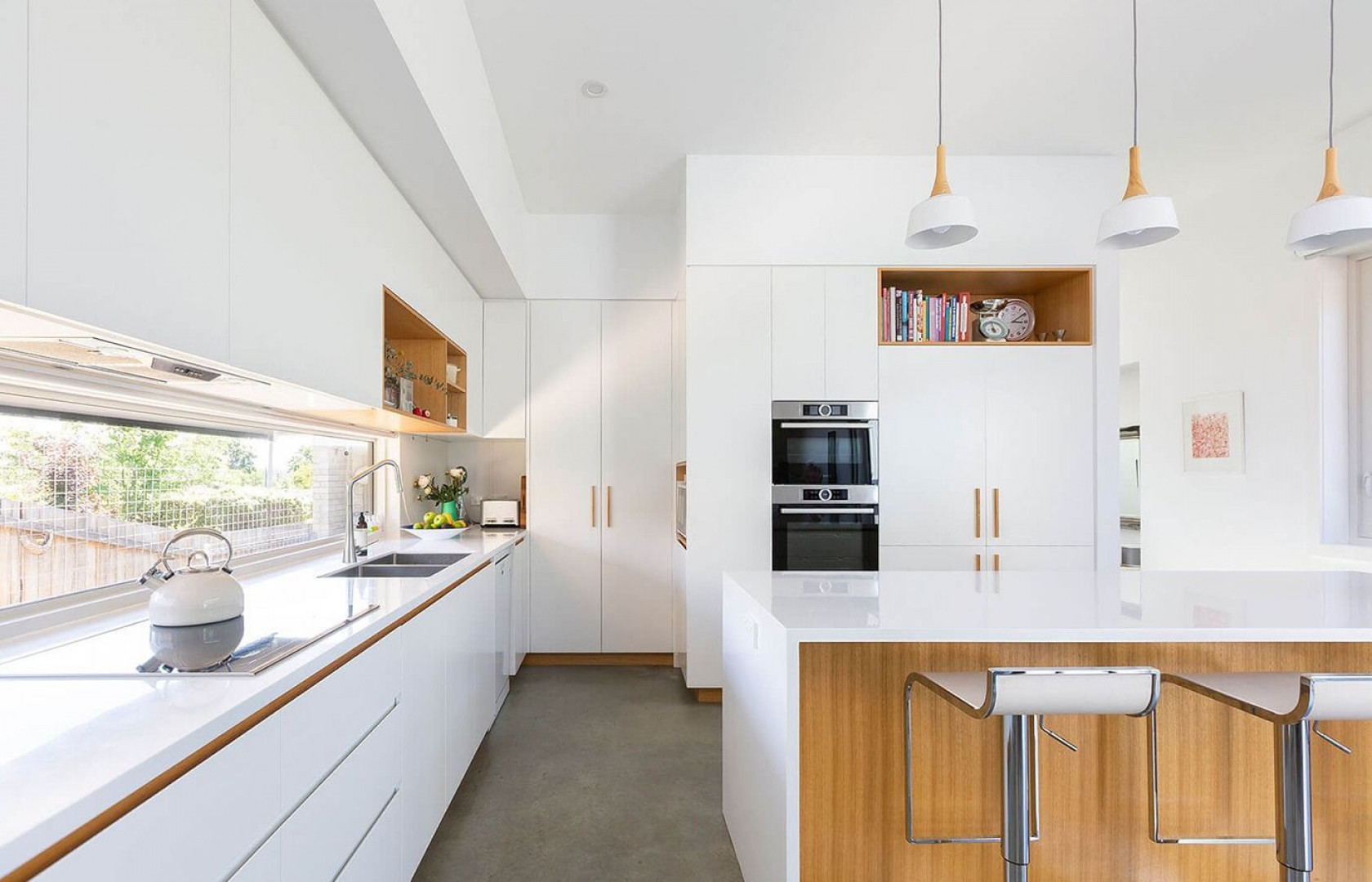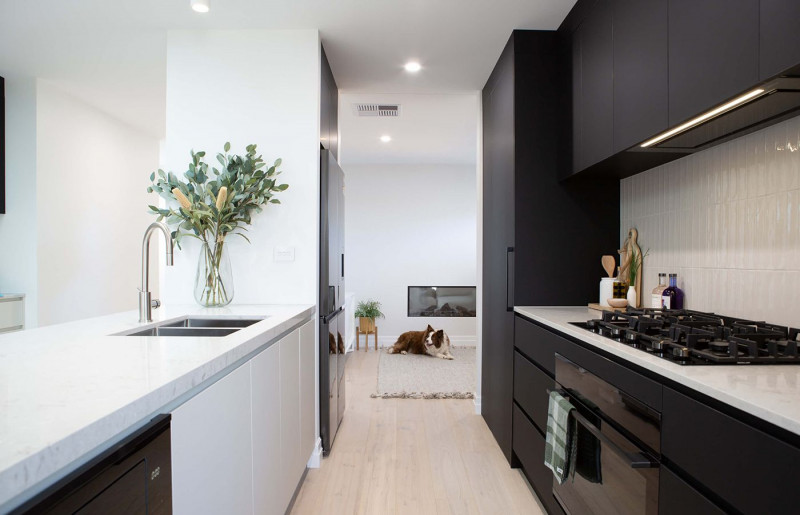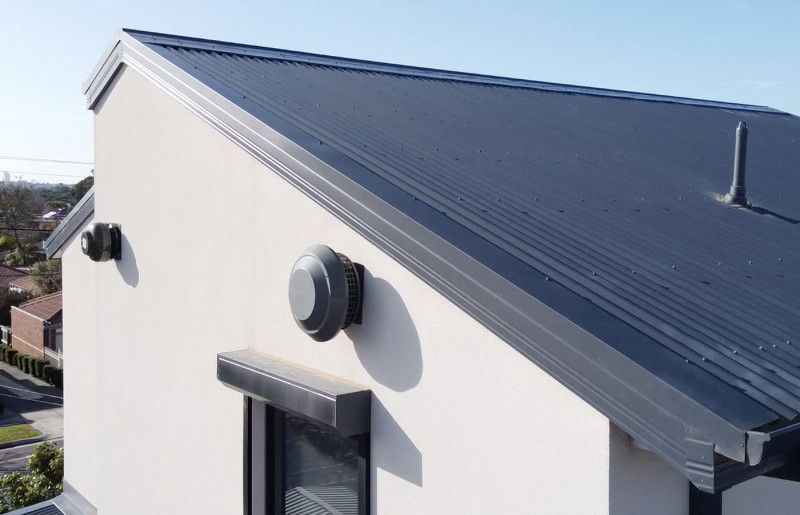-
Australia
Copyright © 2025 Powered by BCI Media Group Pty Ltd
Confirm Submission
Are you sure want to adding all Products to your Library?
Contact Detail

If you’re in the market for a new rangehood, you might feel a bit intimidated by all of the options out there. One choice that you’ll need to make early on is between a ducted or a recirculating rangehood. Find out what the pros and cons of each are and find the best one for to suit your needs.

Ducted Rangehoods
Ducted rangehoods pass cooking exhaust through mesh filters or baffles to capture airborne grease before venting smoke and odours through ducts to the outdoors. They require ducts to be factored into your kitchen design and installed through the wall or ceiling above your cooktop to the outdoors.
Pros of Ducted Rangehoods
Cons of Ducted Rangehoods
 Wall-mounted Schweigen IsoDrive® Motors
Wall-mounted Schweigen IsoDrive® Motors
Recirculating Rangehoods
Recirculating rangehoods extract cooking exhaust through charcoal or carbon filters to remove airborne contaminants and odours before recycling the same air back into the kitchen. They do not require ductwork to the outdoors.
Pros of Recirculating Rangehoods
Cons of Recirculating Rangehoods
 Schweigen SteelFlex™ High Performance Safety Ducting
Schweigen SteelFlex™ High Performance Safety Ducting
Which Should You Choose?
It all depends on your kitchen design and personal preference. If air quality and motor noise are priority concerns, then ducted rangehoods with external motors are your surest bets.
Need help deciding? Reach out to us at [email protected] or 1300 881 693 for a free consult on the best rangehood (ducted or recirculating) to suit the kitchen layout and structural design of your home.



